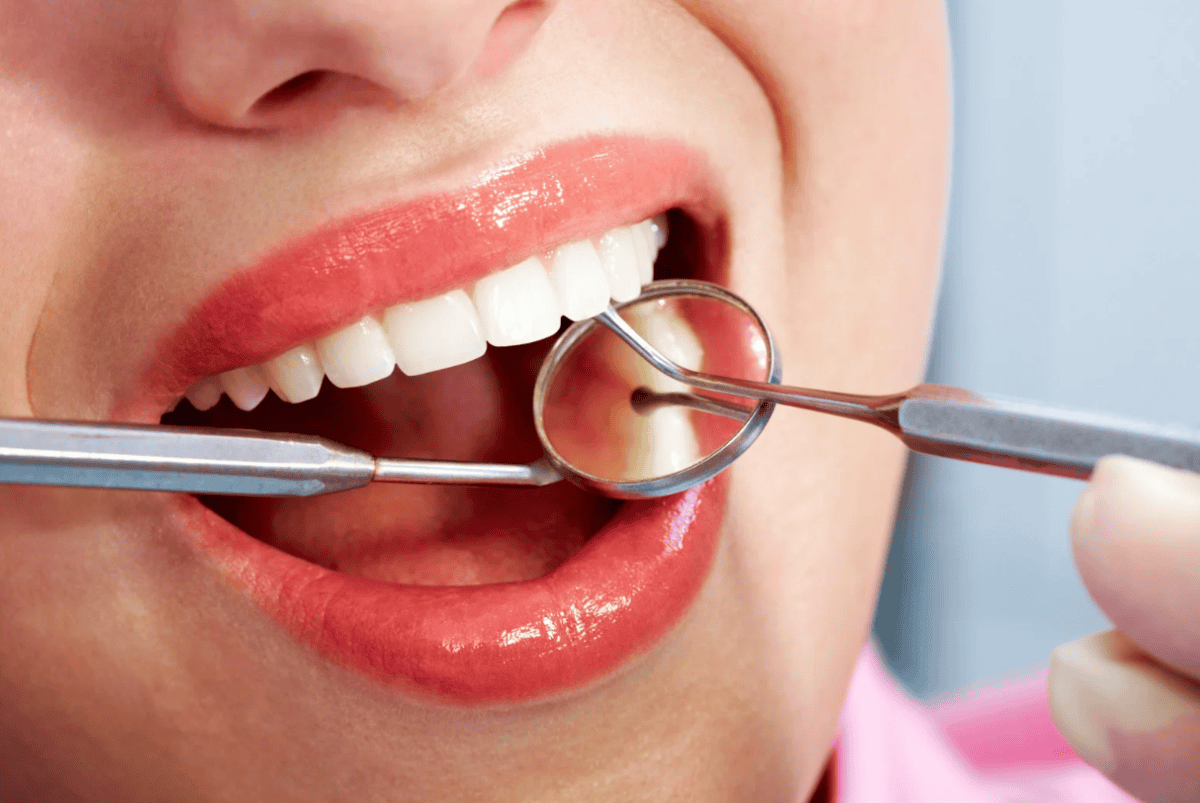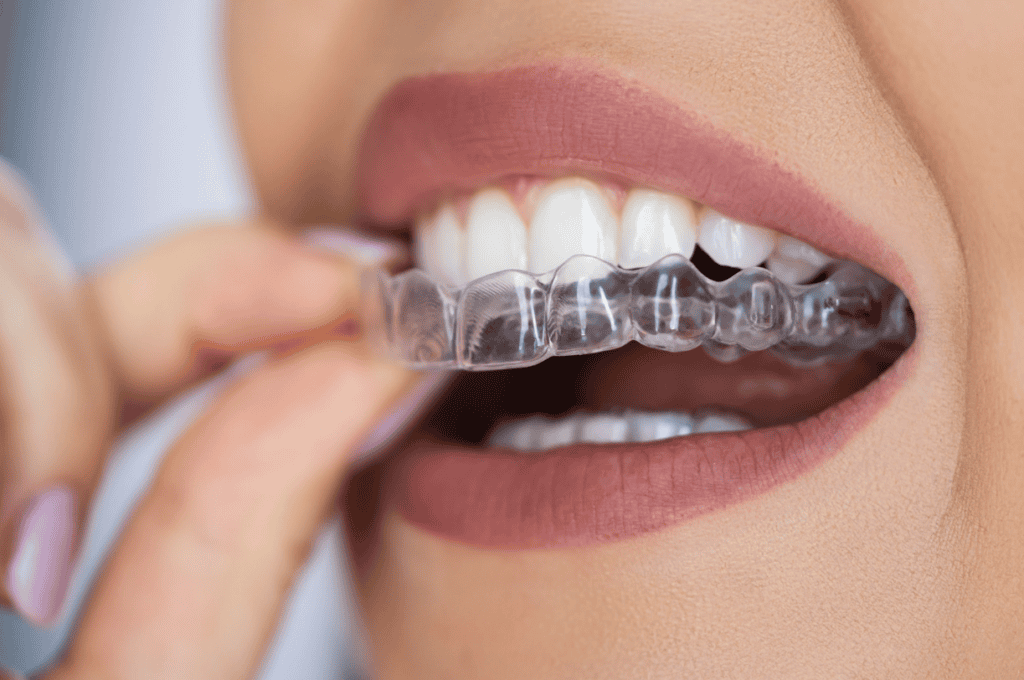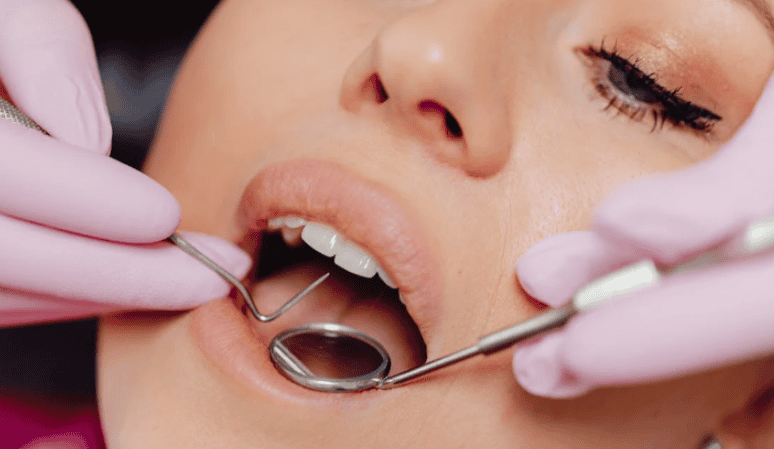There will come a time when professional addiction intervention feels like a necessary step rather than a worst-case scenario for the future. Your loved one may be in such a rut with their life that there is no way out other than intensive medical intervention.
It could be that their addiction has caused serious health concerns, that you’re seeing signs of substance-induced psychosis, or simply that their prospects have ground to a halt. The best option could be medical detox and a professional inpatient program at one of the best addiction treatment facilities in California. But how do you get them there?
The hard part is getting the individual to admit they have a problem and agree to go to the rehab facility. Interventions can help families encourage their loved ones to appreciate the scale of the problem and take the next step.
Group meetings, when handled correctly, can help inform addicts about the impact of their choices on other people. The letters read out, and the honest statements can offer a severe reality check.
Sometimes, that might be enough to help them acknowledge their problem, but they may still feel it’s something they can handle themselves. The hard part is getting them to agree to leave home and work with therapists in a treatment center.
Why Do You Need A Professional Interventionist?
As brave as it is to want to set up an intervention for an individual dealing with addiction, you don’t want to do this alone. You definitely don’t want to do it without professional help.
Professional interventionists are trained to help prospective patients and their loved ones handle this delicate situation more easily. They can also provide much more support than you might realize, making them invaluable resources throughout this difficult time.

You may be inclined to decline professional help to keep an intervention more casual and lowkey or to maintain a sense of control over the situation. That’s understandable. Parents looking to help their children through addiction naturally want to be the ones on the frontline in dealing with the problem.
You want to fix this yourself as best you can. The problem is that as much as you prepare or as devoted as you are, you can’t face all the steps and the risks yourself. Here’s why professional addiction intervention in California is so useful.
1) An understanding of addiction
This is the key difference. You might think that you know what addiction is because you’ve lived with an addict, but you don’t know how it feels or how substance abuse works unless you’ve experienced it. Interventionists know the science of addiction and how to treat it as a disease. They know about the physical, mental, and emotional impact and can help educate families on these matters.
2) Connections with local facilities
These professionals will also have connections to the best facilities in the area to help set up treatment plans and explain what’s going to happen. They can’t promise a care package that doesn’t exist and leave people with unrealistic expectations. Nor can they turn up to an intervention with vague promises that aren’t going to convince addicts to seek help.
3) Transfering individuals to facilities
In some cases, the interventionist will also help to ensure a more efficient transition by arranging a transfer to a rehab facility. It’s always best if an individual can agree to follow an expert into care then and there. It means less chance of them changing their mind or other influences getting involved. Interventionists can set up transfers and may accompany the individual for a smoother process.
4) Coaching families before interventions
Support for interventions starts long before the meeting itself. The best coaches will work with everyone involved in the intervention beforehand to get a better idea of the situation. They can determine who is a positive influence and someone valuable to the process and who might need to stay away, such as any possible enablers. They will also help with letter writing and other exercises to prepare for the meeting.
5) Mediating interventions
When the time comes to actually host the intervention and try to achieve the desired outcome, these interventionists will be there to keep the meeting on course. Because of the stakes involved, it’s easy for sessions like these to lose their way, even with all that prep. These experts can help lower tensions, call for breaks, and shift the conversation in a positive direction.
6) Supporting families after interventions
Ideally, these interventionists will also be there after an individual goes into treatment. This ongoing care is important for the emotional and mental health of family members left behind. After processing everything that happened at the intervention, you may be left with an empty room in a quiet house and some separation anxiety. Interventionists can help bridge the gap.
7) Providing an objective approach throughout
Finally, there’s the objective attitude of interventionists throughout all of this. Subjectivity is guaranteed with family members struggling with hurt and loss, and that can lead to emotional outbursts and a lack of patience. There may also be some guilt trips – either intentional or unintentional. That’s not the case with the interventionist.

Professional Addiction Intervention – Let the Pros Take The Strain
What matters most here is that you have a support network in place when trying to set up an intervention. Interventions are not easy to put together because you need everyone to be on the same page and commit to the script without making things worse and picking one family member to take charge of all that isn’t fair when these situations are so subjective. It’s too stressful to set up a meeting, get everyone together, and then write a heartfelt letter encouraging someone you love to leave and fix a problem.
Get in contact with an addiction intervention service and bring in an objective, highly-trained expert who can handle whatever happens. They will coach you on how to deal with the situation, take the reigns when necessary, and be a shoulder to lean on even after your loved one seeks treatment. It won’t be easy to bring a stranger into this volatile situation, but it’s a lot easier than doing it all on your own.






























